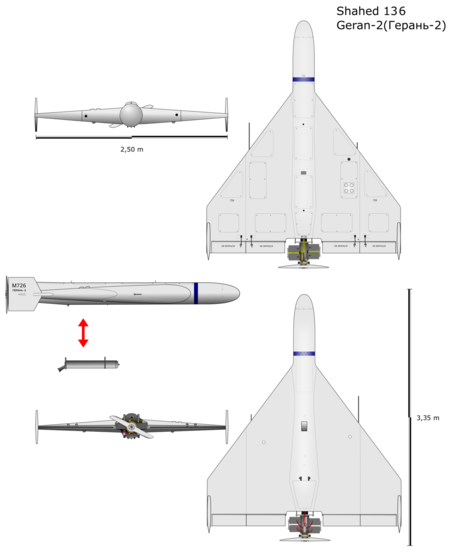In Ukraine, capturing enemy artillery has become like opening a box of surprises. Last November, a Parody drone revealed the extent of U.S. involvement in the conflict without a physical presence. A few weeks ago, Ukraine’s interception of a Russian cruise missile shocked observers because “allied” countries had manufactured it. Most recently, the capture of a Shahed drone carried a surprising hidden message.
The air war is intensifying. Russia’s air offensive against Ukraine has reached a new level of brutality, with the latest attack exceeding what was previously considered extreme. Russia launched an unprecedented assault involving 298 drones and 69 missiles in a single night. This record number has overwhelmed Ukrainian air defenses.
With cease-fire talks predictably failing, Ukraine is being forced to ration its interceptors. That means more Russian missiles are reaching their targets—hitting cities, industrial zones and civilians with growing intensity.
North Korean missiles and Iranian drones are in play. Since the beginning of the year, Russia has also transformed its air campaign, focusing on ballistic missiles—many from North Korea—and a new generation of Iranian-made Shahed drones. Now in their sixth iteration, these drones use machine learning to target well-defended areas like Kyiv. Recent strikes have hit shopping centers, residential neighborhoods, and military training grounds.
The speed of ballistic missiles makes them nearly impossible to intercept without PAC-3 missiles from the Patriot defense system. Ukraine doesn’t have enough of those. Meanwhile, Russia has ramped up production of Shahed drones. What once took a month to produce—300 drones—is now done in less than three days. Leaked documents suggest the Kremlin plans to raise output to 500 drones per day, potentially enabling swarm attacks with 1,000 drones at once.

Telegram and drones. According to The Economist, a discovery inside a downed Shahed drone in Ukraine revealed a worrying shift in Russia’s military tech strategy. A note allegedly left by a sympathetic Russian engineer said Moscow controls its attack drones using bots on the Telegram messaging app.
The reason: This method sends flight data and live transmissions directly to human operators, removing the need for GPS and making the drones far more resistant to Ukrainian electronic interference. Combined with AI systems, Ukrainian mobile networks, and possibly Starlink connections, this approach marks a major leap in the lethality and autonomy of Russian drones—especially the latest Shahed models, which use machine learning to strike protected targets with precision.
A threat that won’t go away. In response, the West has removed the red line on “long-range” weapons, enabling Ukraine to defend itself more actively. Ukrainian forces still shoot down about 95% of drones aimed at Kyiv. But the remaining 5% can cause devastating damage.
Russian tactics have evolved. Drones now fly at low altitudes to avoid detection, then climb quickly to altitudes beyond the reach of short-range weapons. Ukraine counters this with F-16s, helicopters and interceptor drones. Still, its greatest vulnerability remains ballistic missiles. Few countries have systems capable of intercepting them. The U.S. manufactures the Patriot system and PAC-3 interceptors—but must balance global strategic priorities.
Time is running out. Ukrainian President Volodymyr Zelensky says the country needs at least 10 additional Patriot batteries to cover its territory. Yet the U.S. administration has taken a lukewarm stance. With competing global crises and pressure from hardline Republicans focused on Asia, Ukraine is no longer viewed as a top strategic priority.
Although PAC-3 production will rise to 650 units per year, Ukrainian officials say that’s still not enough to offset the 500 ballistic missiles already in Russia’s arsenal. Each one usually requires two interceptors to neutralize, deepening the disadvantage.
A new doctrine. That may explain Ukraine’s latest strategy. With dwindling resources and rising threats, Kyiv is shifting from purely defensive tactics to actively targeting Russian launch sites, factories, and storage depots.
Analysts like Kostiantyn Kryvolap support this more aggressive approach, arguing that without active deterrence, the pace of attacks will only grow. Western air defense systems are arriving slowly and won’t be ready at scale for at least a year. In the meantime, Ukraine is bracing for an increasingly asymmetrical and lethal air war. In this scenario, every intercepted drone or missile could hold the key to tipping the balance.
Image | Matias Luge (Unsplash)



